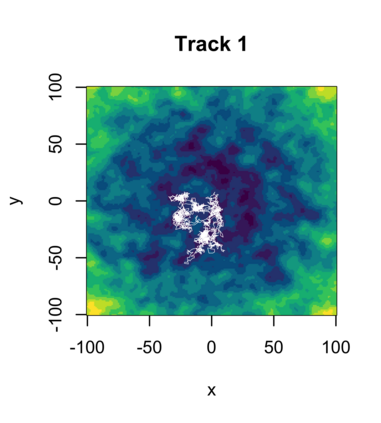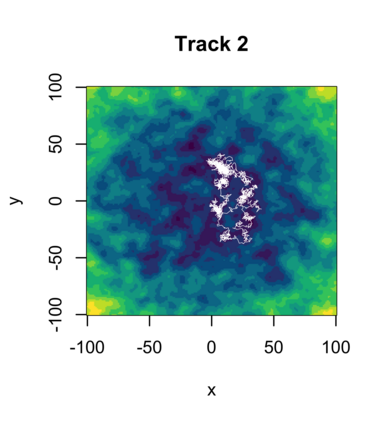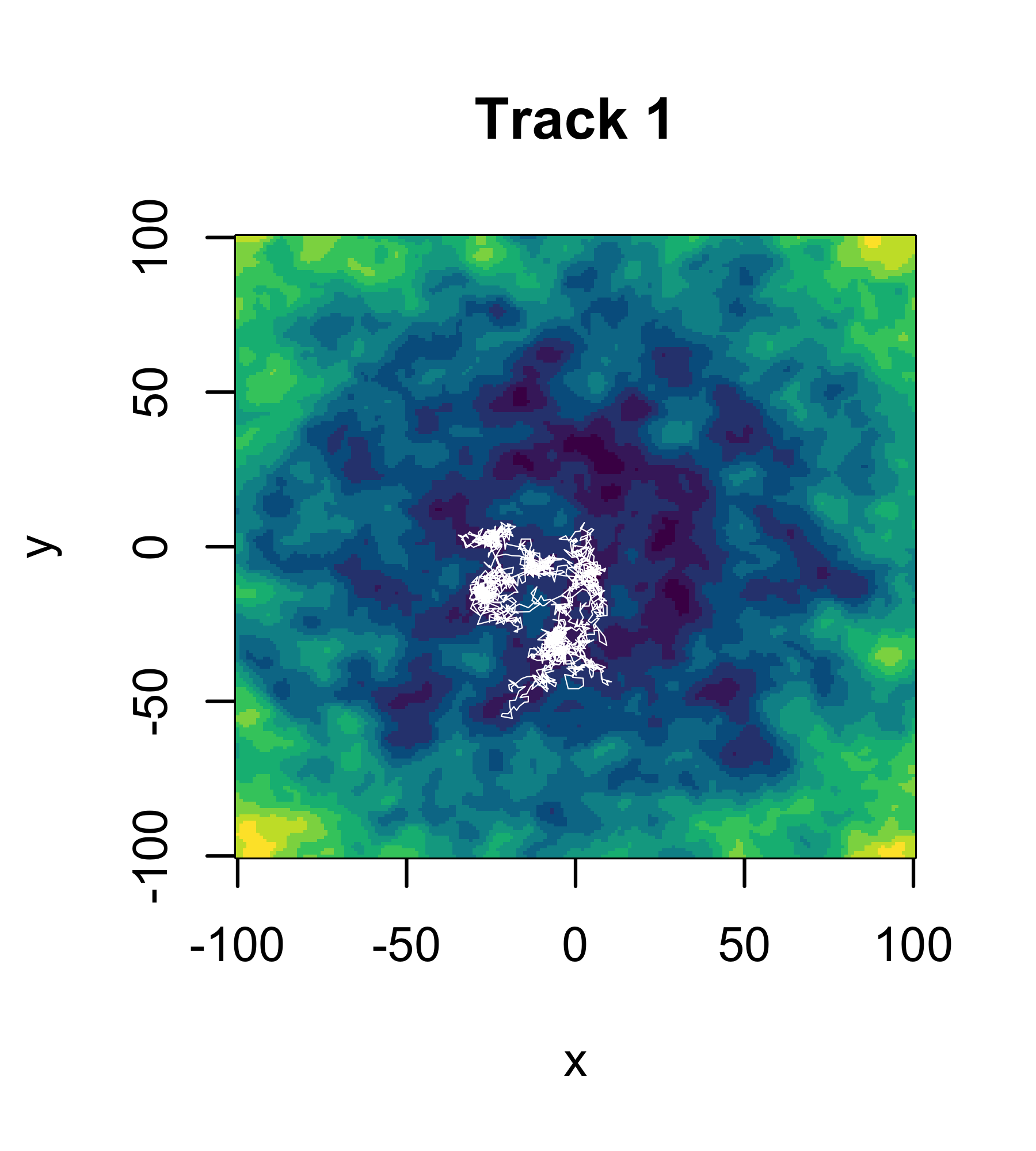The resource selection function provides a model for describing habitat suitability, which can be used to predict the spatial utilisation distribution of a species. Tracking data can be modelled as a point process, but this is made complicated by the presence of temporally irregular autocorrelation. One proposed model to handle this is the continuous-time Langevin diffusion. However, current estimation techniques obtain increasingly biased parameter estimates as the intervals between observations increase. In this paper, we address this issue using Brownian bridges in an importance sampling scheme to improve the likelihood approximation of the Langevin diffusion model. We show using a series of simulation studies that this approach effectively removes the bias in many scenarios. Furthermore, we show that the model actually performs better at lower sampling rates over a longer duration than shorter duration at a higher sampling frequency. This research broadens the applicability of Langevin diffusion models to telemetry data at coarser resolutions.
翻译:暂无翻译






